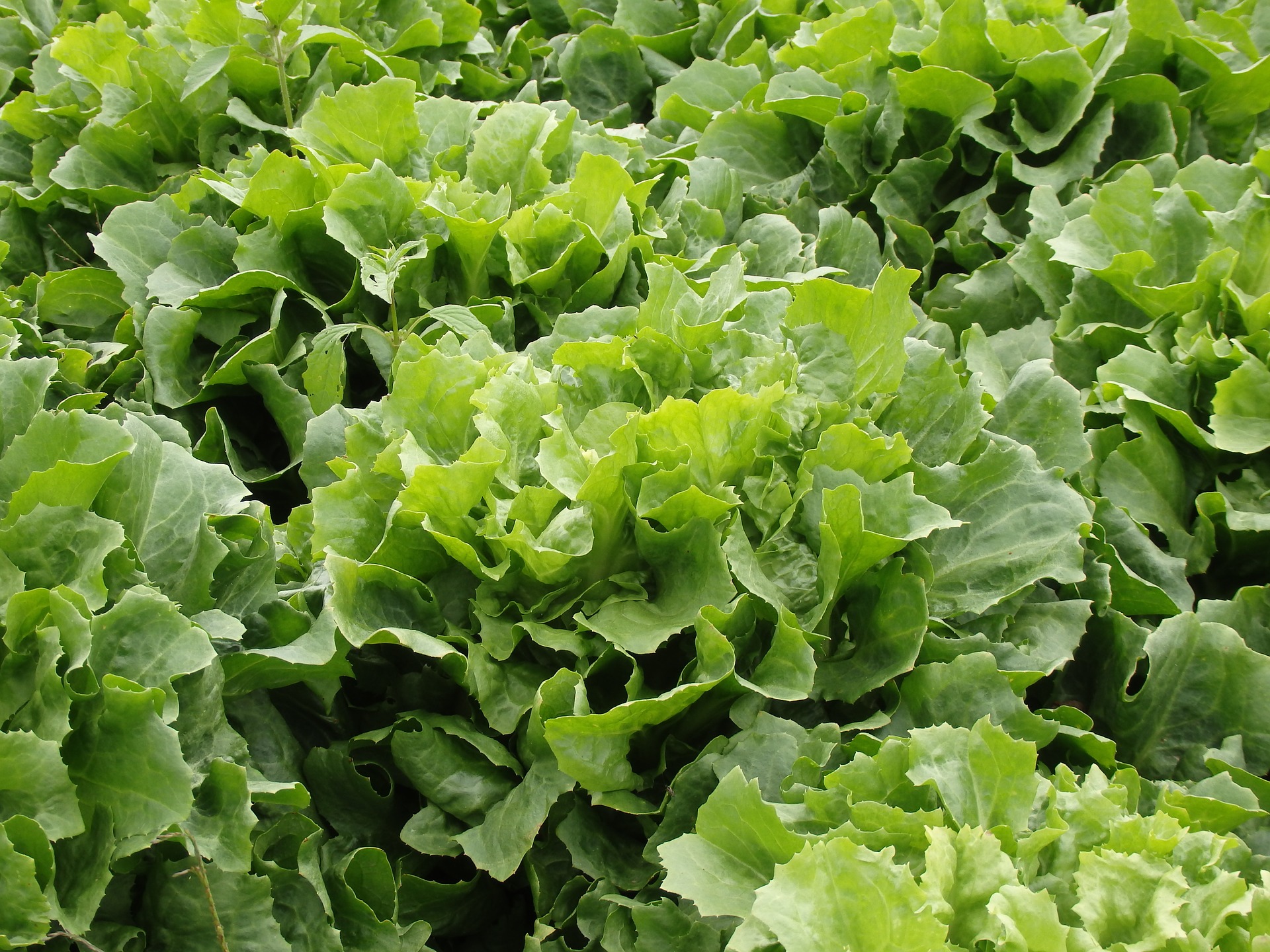Harvesting lettuce begins when the heads reach the size characteristic of the cultivar, are well-filled with inner leaves, and have a certain firmness, without any signs of bolting (i.e., the development of a flowering stalk has not yet started).
Lettuce is typically harvested by hand, using a knife to cut at the root collar. The outer leaves of the rosette are immediately removed, leaving only 4-6 leaves that encompass the head.
Leaf lettuce is harvested when the rosette reaches the desired size, with as many leaves as possible tightly adhering to each other in the center of the rosette. During harvesting, all older and damaged leaves of the rosette are removed. On smaller plots, lettuce is usually harvested selectively in 2-3 passes. According to research, single-pass harvesting is only profitable if 80% of the heads have reached technological maturity.
There are semi-mechanized and mechanized machines for harvesting lettuce, which have been found to be cost-effective only on production areas of 7.5 hectares or more, with 2.2 crops per hectare per year.
The yield of lettuce depends on the cultivar, planting density, crop uniformity, climatic conditions, and other factors, ranging from 25-40 t/ha.
In protected environments, lettuce is usually harvested in a single pass when the size and firmness match the cultivar’s specifications. The cut heads are packed in waterproof cardboard boxes in one or two layers, with the top facing down. Lettuce secretes latex at the cut surface, which quickly turns brown when exposed to air. Therefore, if packed in two layers, the heads should be separated by lettuce leaves to prevent the plants from getting stained with latex.













































